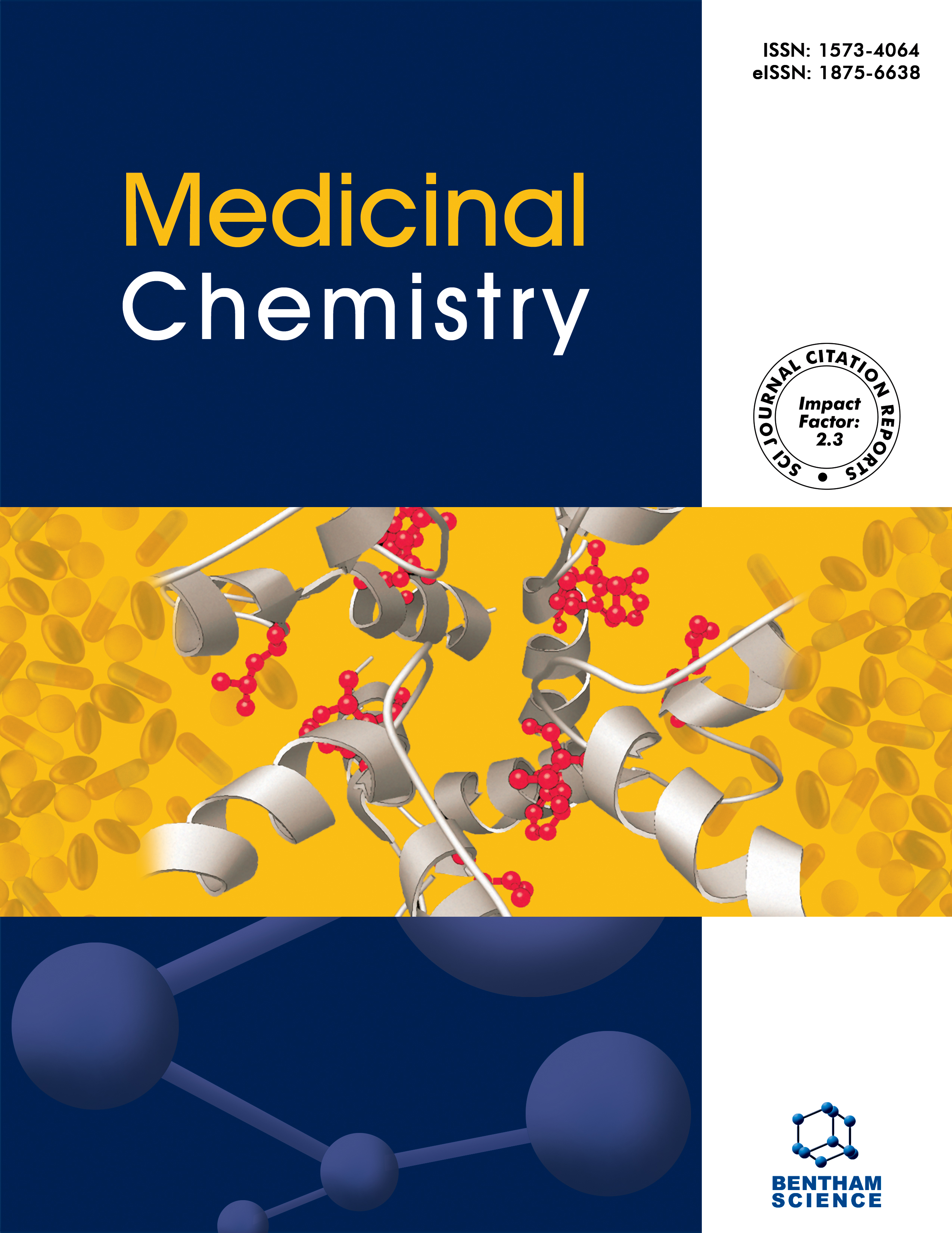
Full text loading...
We use cookies to track usage and preferences.I Understand

The complex interaction between carboxylic acids and molecular signaling pathways, particularly the nuclear factor erythroid 2-related factor 2 (NRF2) pathway, is of growing interest in medicinal chemistry due to its potential therapeutic benefits. Carboxylic acids, which are widely distributed in nature, are versatile regulators of cellular responses due to their ability to interact with multiple signaling pathways, especially those involved in combating oxidative stress and inflammation. Several carboxylic acids exhibit significant antioxidant and anti-inflammatory activities. They have been identified as potential activators of the NRF2 transcription factor, a key regulator of endogenous antioxidants that maintains cellular redox homeostasis and modulates the production of several antioxidant proteins and detoxifying enzymes. The potential effects of carboxylic acid-NRF2 crosstalk are exhibited in a variety of physiological processes, such as attenuation of oxidative stress and inflammation, detoxification of xenobiotics, and modulation of the immune system. The molecular docking of some carboxylic acids with NRF2 protein showed that their binding affinities were comparable to dimethyl fumarate, a reference drug. The current review explores the evolving landscape of carboxylic acid-NRF2 interactions and their mechanisms of action, highlighting the possible impact of their antioxidant and anti-inflammatory effects on inflammation and oxidative stress-mediated diseases. The natural and synthetic sources of NRF2-activating carboxylic acids and the role of their chemical and physical properties in influencing NRF2-inducing activities were discussed. Their potential challenges as future drugs and clinical trial prospects were also highlighted. Carboxylic acid-NRF2 interactions offer potential for developing therapies that will attenuate oxidative stress and inflammation.

Article metrics loading...

Full text loading...
References


Data & Media loading...